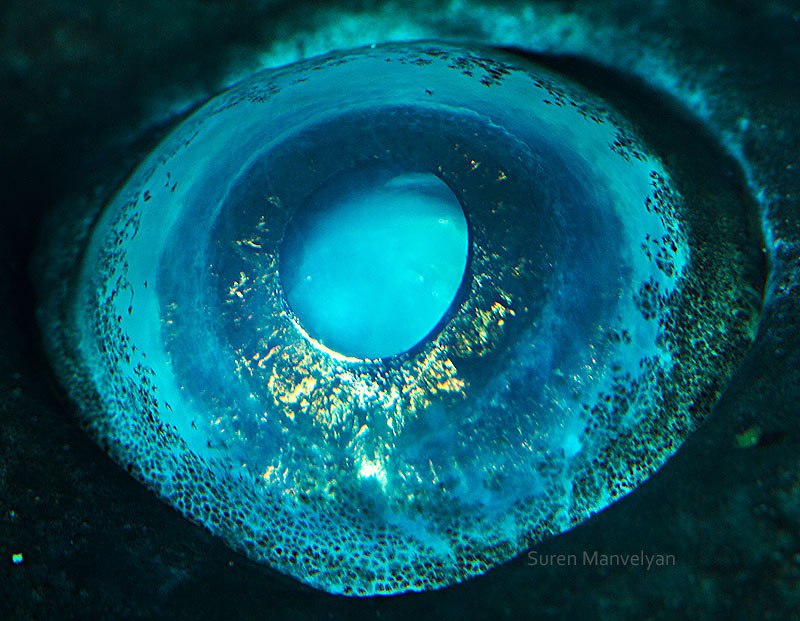Check out this amazing photo gallery of eyes! In this gallery you’ll see many species of animals up close and personal. They say that eyes are the windows to the soul. Enjoy, but no staring! Image credits go to Suren Manvelyan.

Catfish
Catfish (or catfishes; order Siluriformes) are a diverse group of ray-finned fish. Named for their prominent barbels, which resemble a cat’s whiskers, catfish range in size and behavior from the three largest species, the Mekong giant catfish from Southeast Asia, the wels catfish of Eurasia and the Piraíba of South America, to detritivores (species that eat dead material on the bottom), and even to a tiny parasitic species commonly called the candiru, Vandellia cirrhosa. There are armour-plated types and there are also naked types, neither having scales. Despite their name, not all catfish have prominent barbel. Members of the Siluriformes order are defined by features of the skull and swimbladder. Catfish are of considerable commercial importance; many of the larger species are farmed or fished for food. Many of the smaller species, particularly the genus Corydoras, are important in the aquarium hobby. Many catfish are nocturnal,[3][4] but others (many Auchenipteridae) are crepuscular or diurnal (most Loricariidae or Callichthyidae for example). From Wikipedia.
Hit the Next button, you might even learn something!














